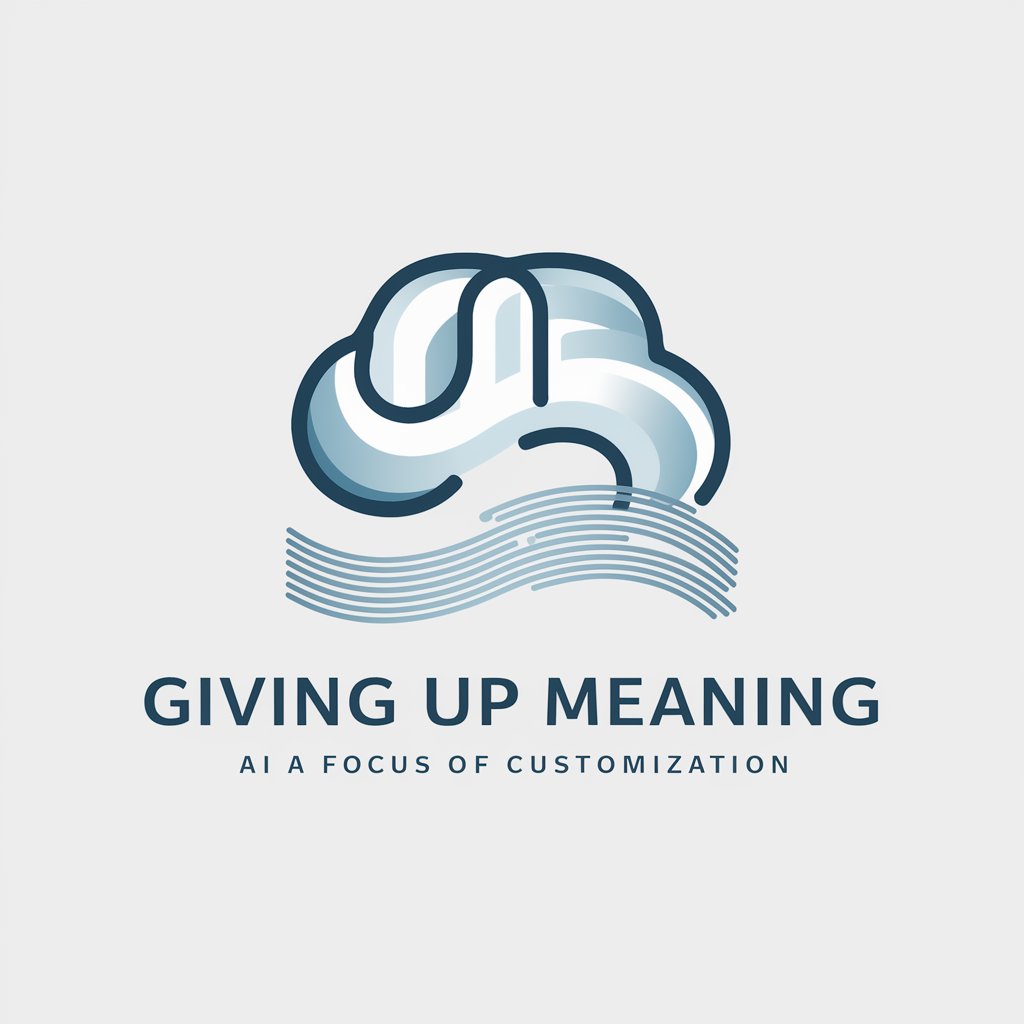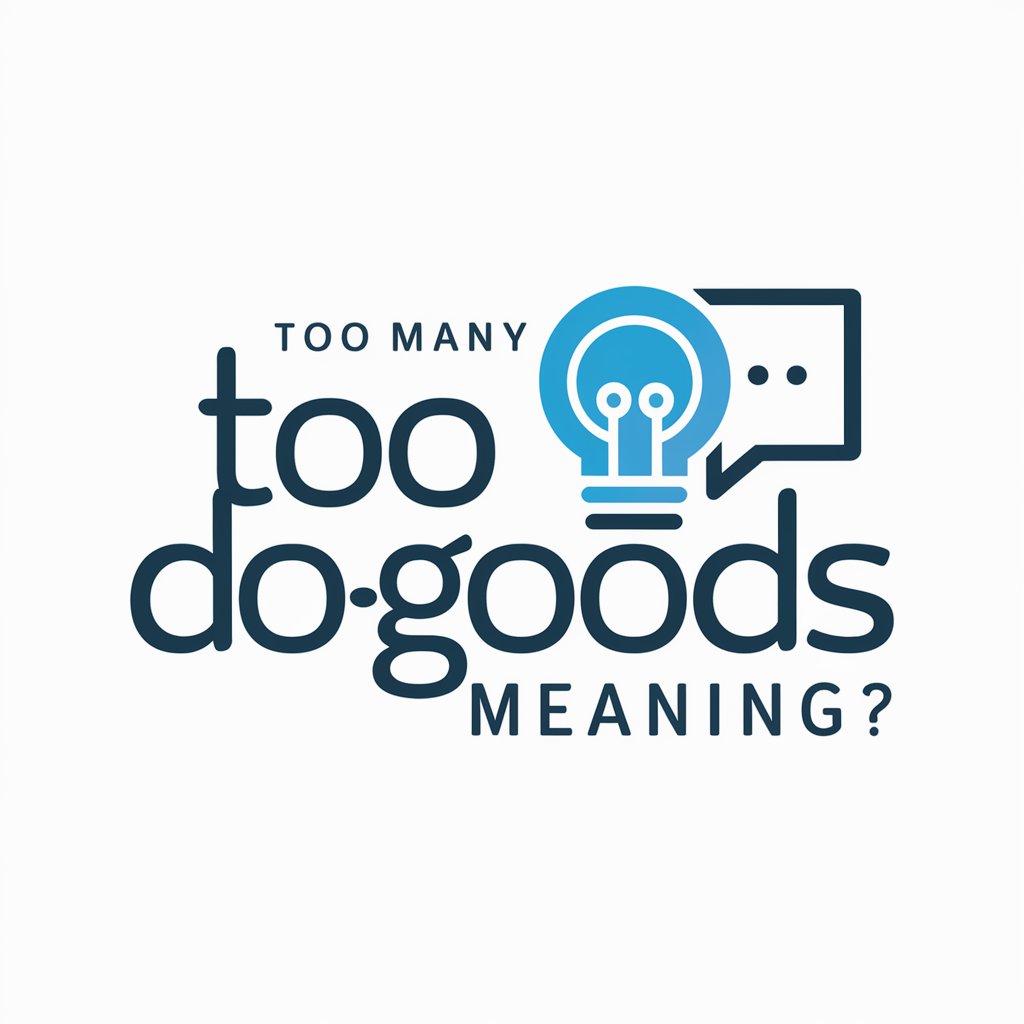Segment Documentation for Beginners - Customer Data Platform Guide

Welcome to Segment Documentation for Beginners!
Streamline data collection with AI
Explain how to use Segment to integrate marketing tools effectively.
What are the best practices for ensuring data quality with Segment?
How can Segment help in personalizing customer experiences across different channels?
Describe the steps to get started with Segment's JavaScript library.
Get Embed Code
Introduction to Segment Documentation for Beginners
Segment Documentation for Beginners is designed to offer comprehensive insights into utilizing Segment, a customer data platform (CDP), for collecting, managing, and integrating customer data across various tools and platforms. It aims to simplify the process of data collection, ensure the integrity and privacy of data, and enable the personalization of customer experiences through targeted data application. For instance, a basic function includes guiding users on implementing 'Track' calls to monitor customer interactions across digital platforms, thus enabling a detailed analysis of customer behavior. Another scenario involves setting up 'Identify' calls to segment users based on their actions, which can be crucial for personalized marketing campaigns. Powered by ChatGPT-4o。

Main Functions of Segment Documentation for Beginners
Simplify Data Collection
Example
Integrating 'Track' and 'Page' calls within a website's code to automatically capture user interactions and page views.
Scenario
An e-commerce site uses 'Track' calls to analyze customer purchase behavior, helping in optimizing the product placement and promotional strategies.
Protect Data Integrity
Example
Implementing Protocols to create a tracking plan that enforces data collection standards and schemas.
Scenario
A mobile app developer uses Protocols to ensure that all collected data adheres to a predefined schema, reducing the risk of data quality issues.
Personalize Experiences
Example
Utilizing 'Identify' calls and audience building features to create personalized user experiences across platforms.
Scenario
A streaming service leverages real-time customer data to recommend content based on individual viewing habits, enhancing user engagement.
Respect Users' Privacy
Example
Applying Segment's privacy tools, such as consent management, to comply with GDPR and CCPA regulations.
Scenario
An online platform implements consent management features to allow users to control their data preferences, ensuring compliance with privacy laws.
Ideal Users of Segment Documentation for Beginners
Developers and Engineers
Individuals involved in product development, seeking to integrate and manage customer data within their applications. They benefit from detailed technical guides and API documentation.
Marketing Professionals
Marketers aiming to understand customer behavior through analytics and leverage this data for targeted campaigns. They benefit from the ability to segment audiences and personalize outreach.
Product Managers
Product managers focusing on delivering personalized user experiences and improving product offerings based on customer data insights. They benefit from the holistic view of customer interactions across all platforms.
Data Analysts
Data analysts looking to consolidate, analyze, and act upon customer data from various sources. They benefit from streamlined data collection and integration capabilities.

Usage Guidelines for Segment Documentation for Beginners
Start with a Free Trial
Begin your journey by visiting a platform like yeschat.ai for a hassle-free trial that requires no login or subscription to ChatGPT Plus.
Explore the Documentation
Familiarize yourself with the basics by exploring the getting started guides, understanding how Segment can help simplify data collection, ensure data integrity, personalize experiences, and respect user privacy.
Implement Tracking
Use the Segment Spec to correctly implement tracking calls such as Track, Page, and Identify in your application to capture meaningful data.
Integrate Data Tools
Connect your app to Segment to integrate data with hundreds of analytics, marketing, and data warehousing tools for comprehensive insights.
Utilize Support and Resources
Leverage Segment University and the support team for hands-on guidance and assistance to navigate through advanced features and troubleshooting.
Try other advanced and practical GPTs
Grandmother
Insightful humor at your fingertips

Abuse
Empowering with Knowledge Against Abuse

Giving Up meaning?
Empowering your quest for meaning with AI.

Imagine Different
Envisioning Tomorrow's World, Today

Plantwise Advisor
Empowering Your Vegetarian Journey with AI

Tech Advisor
Empowering Technology Decisions with AI

Social Media Maverick
Elevating Your Social Media Game with AI

Too Many Do-Goods meaning?
Unleash creativity with AI assistance

Styling Coach
Empowering your style with AI

Glass
Empowering Innovation with AI-Powered Glass Insights

De Coach meaning?
Empowering growth with AI-driven coaching

Urban Eden
Cultivate your urban oasis with AI

Frequently Asked Questions about Segment Documentation for Beginners
What is Segment and how does it help businesses?
Segment acts as a customer data platform that simplifies data collection from multiple sources, centralizing data for integration with various tools. This aids businesses in data analysis, personalized marketing strategies, and ensuring data privacy and integrity.
How can I implement Segment in my web application?
To implement Segment in a web application, start by incorporating the Segment JavaScript library into your website's code. Follow the Segment Spec to use the appropriate tracking calls like Track, Page, and Identify for capturing user interactions.
Can Segment help in adhering to data privacy regulations?
Yes, Segment offers tools and features designed to help businesses comply with data privacy regulations like GDPR and CCPA. These include data discovery, governance tools, and policy enforcement mechanisms to manage customer data responsibly.
What are common use cases for using Segment?
Common use cases include tracking user behavior on websites and mobile apps, integrating customer data with marketing and analytics tools, segmenting audiences for targeted campaigns, and personalizing user experiences across platforms.
How does Segment ensure data quality and integrity?
Segment provides a tracking schema and Protocols feature, which enforce data collection standards and validate data before it's sent to downstream tools, thereby preventing data quality issues and ensuring consistency across platforms.
